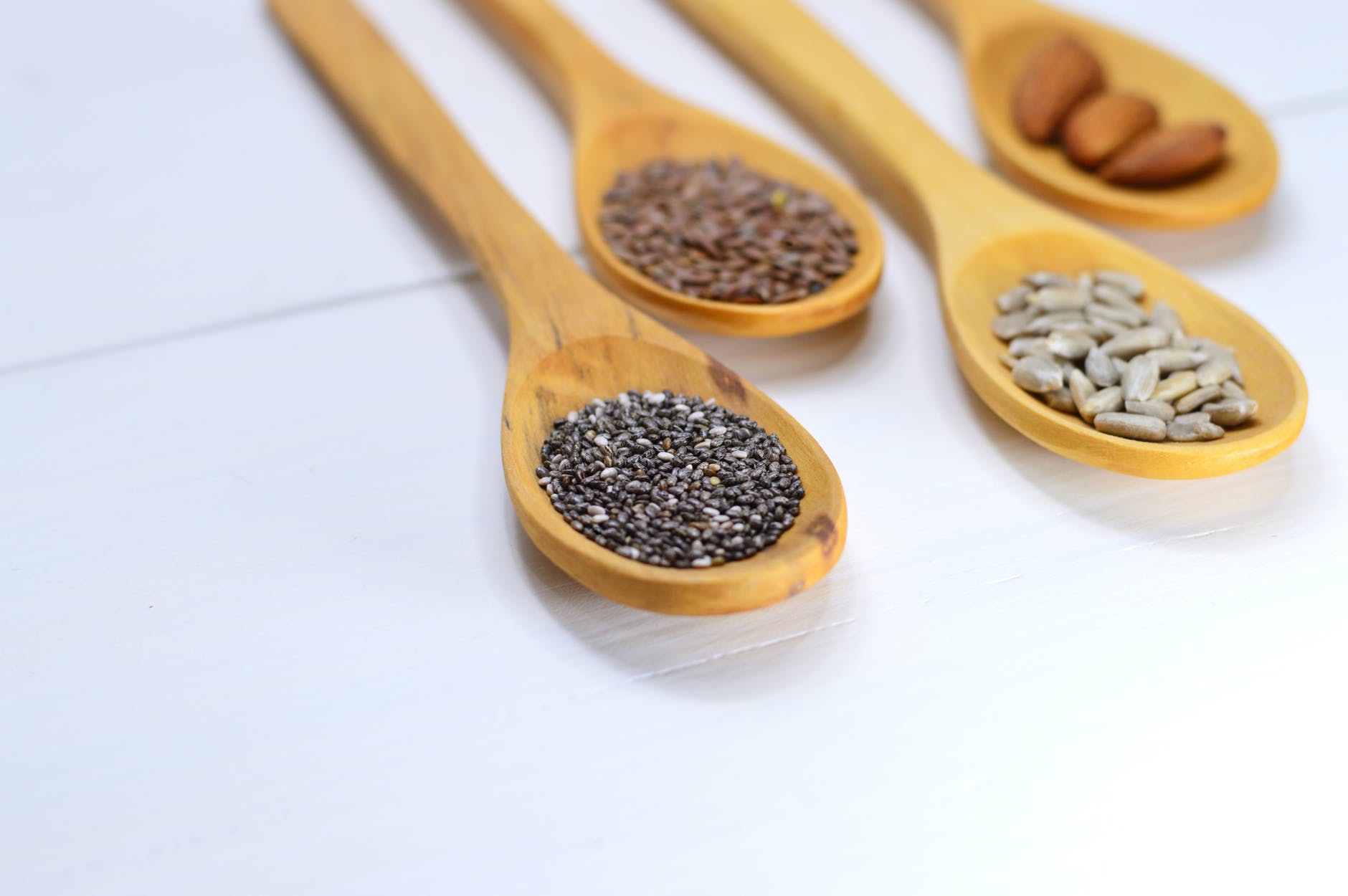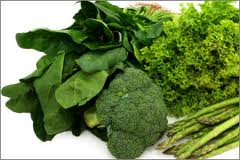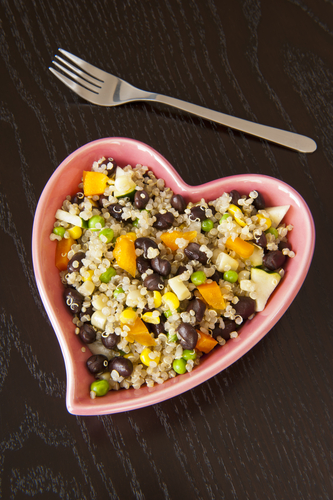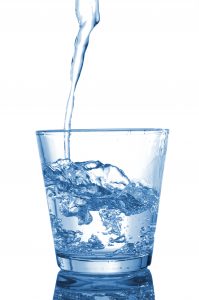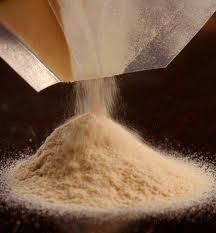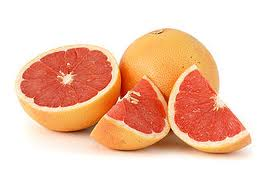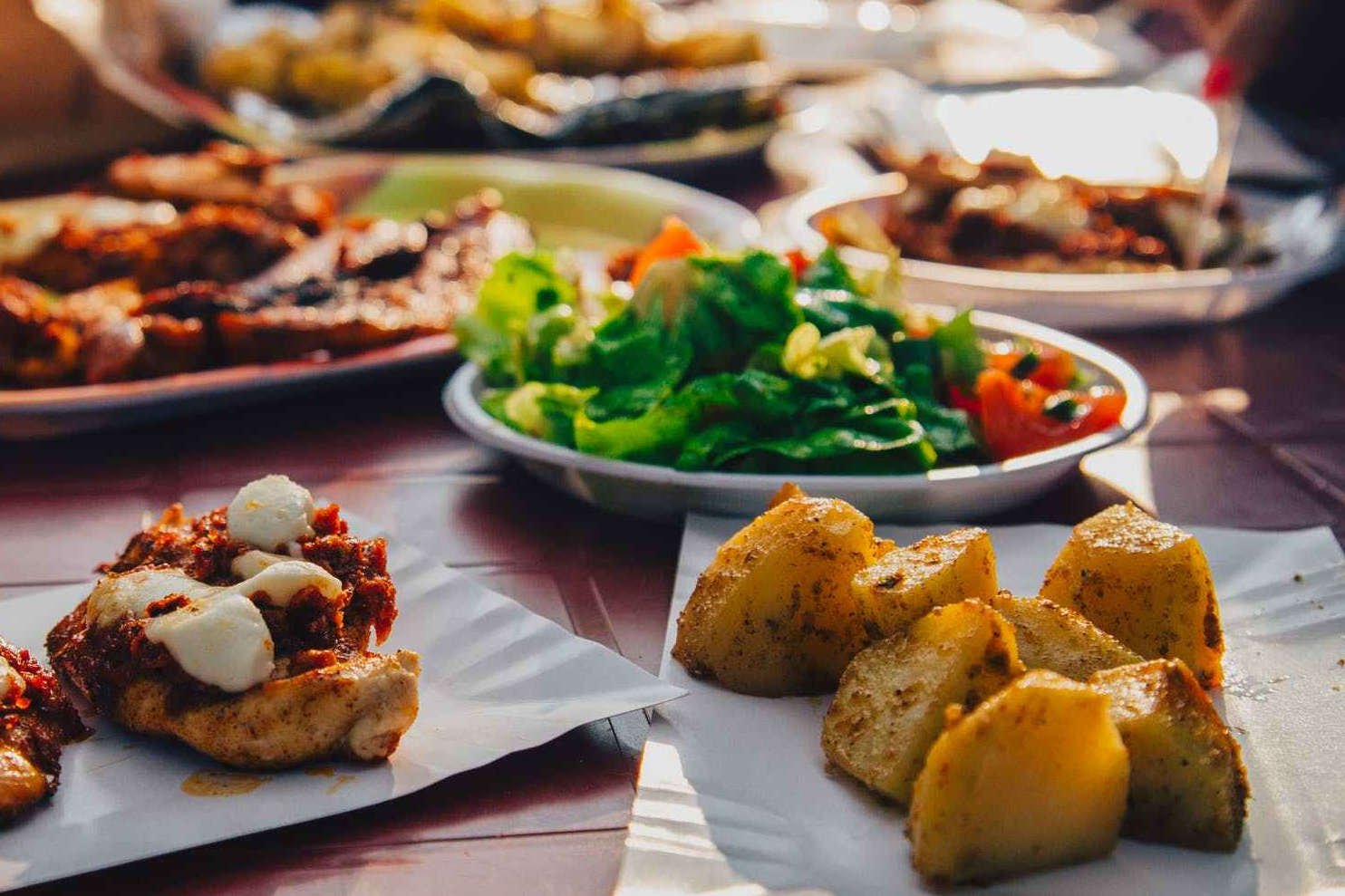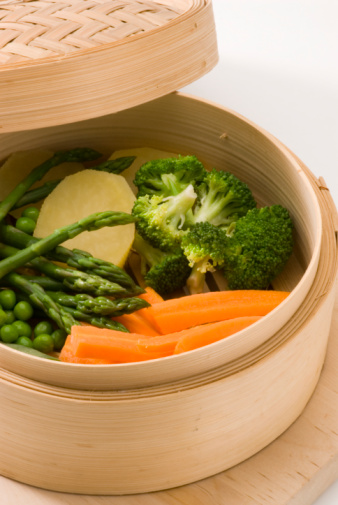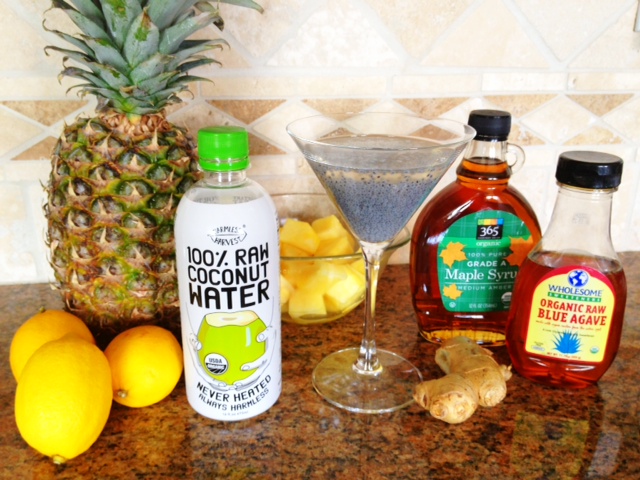Top 10 Core Exercises for a Strong and Solid Foundation
A strong core is essential to correctly perform strength training exercises, to lift a maximum amount of weight and to reduce your risk of injuries. There are many different techniques you can use to vary your core training and avoid a plateau. Here are 10 top power core drills to incorporate into your workout for a strong, solid, foundation.
Number 10—Plank
The plank works your entire core and upper- and lower-body muscles. Lie down on your stomach. Lift your body off the floor with your forearms (elbows at 90° degrees) and your toes. Keep your body in a straight position (without arching your back) and hold for 30 seconds to one minute. Lift one foot in the air for added difficulty.
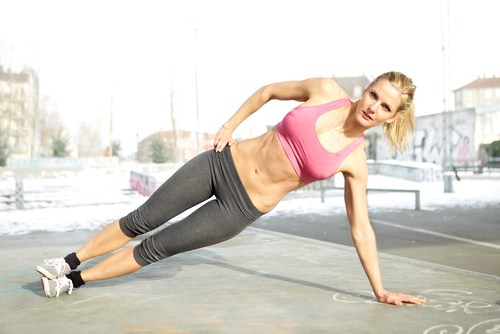
Note* The first three of these movements (10, 9 and 8) are static floor exercises, which require little or no movement; constant tension on your muscles ensures that they are working. Improvement is marked by the increased duration of each exercise or the reduction of your support base.
The following three (7, 6 and 5) are dynamic floor exercises, which are done without weights. They are different from static training because they require movement throughout the exercise.
Exercises 4 and 3 are static Swiss ball exercises. A Swiss ball is unstable, so the main muscles you are working will need the help of supporting muscles to balance you and the ball. Find a medium-sized ball that is fully inflated, but still allows for some give.
Finally, exercises 2 and 1 are dynamic Swiss ball exercises: Movement is required throughout these drills to target the selected muscle groups.
Number 9—Pushup plank

This exercise is the same as the plank, except that you are in a pushup position. The pushup plank works the core, chest, and biceps. This is a great exercise to end your workout with; it will fully fatigue almost every muscle in your upper body.
Number 8—V-sit hold
This targets your abdominal muscles and improves your balance. Lie on your back and bend at the waist as you extend your legs and arms into the air to form a “V.” Hold this position for as long as you can.

Number 7— Twisting crunch
This is one of the most effective crunch workouts, as it hits all of your stomach muscle fibers at once. Assume a standard crunch position, raise your torso to a 45° angle, and then twist from side to side. For an advanced movement, extend your legs and pretend to peddle a bicycle while you continue to twist.
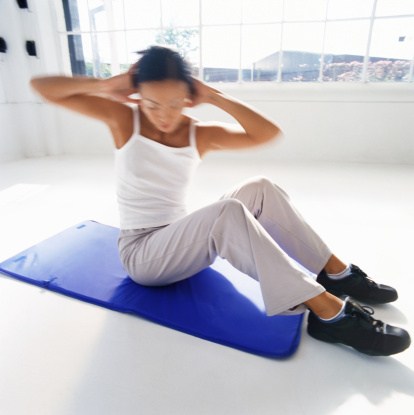
Number 6—Lying windmills
This exercise is one of the most challenging. Lie on your back with your arms extended and raise your legs until they are perpendicular to the floor. Slowly lower your legs to the side as low as you can while maintaining complete shoulder and back contact with the floor. Bring your legs back up to center and lower them to the other side.

Number 5—Supermans with a twist
Perform a standard Superman: Lie down on your stomach and raise your torso off the floor with your arms extended in front of you (beginners may place their hands behind their head). Here’s the twist: At the top of the raise, twist to one side, return to the center and twist to the other side. Lower your torso to the ground to complete one rep. Hold a two- to five-pound weight for a more advanced movement.

Number 4—Plank on a Swiss ball
This is a variation of the static plank. There are two possible executions: You can place your forearms on the Swiss ball with your feet on the ground or you can place your feet on the ball with your forearms on the ground. Keep your abs and glutes tight, and do not arch your back. Hold this position as long as possible. Move the ball slightly from side to side for an advanced movement.
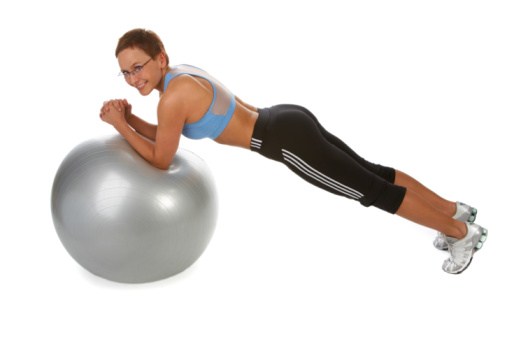
Number 3—Lying Glute pushup
The lying glute pushup targets your butt and back muscles. Lie on your back with your feet resting on top of a Swiss ball. Push through your heels to raise your butt off the floor as high as possible. Form a straight line from your knees to your shoulders. Hold this position for 60 seconds.

Number 2—Stiff-legged V bends
This is exactly the same as the ball roll-ins, but you must keep your knees straight and move your hips toward the ceiling. The focus of this drill is completely on the abs; you should be able to feel a strong medial contraction.

Number 1—Ball roll-ins
Ball roll-ins target your central abdominal muscles. Place your hands on the ground and the top of your feet on top of the ball. Keep your hands in place and bend at the knees to bring the ball toward your chest. Hold this position for a second and roll back out. Focus on squeezing your abs throughout the movement; do not use your hip flexors to bring the ball toward you.
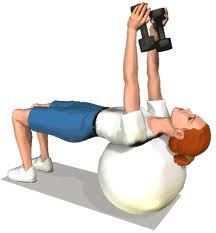
To the core of the matter
These are some of the best core training exercises. They help create a more complete workout because they target one specific muscle and often call synergistic muscles into play. Choose a drill from each group to use during every abdominal workout and you will be a step ahead of the rest.
Source: E-Fit Today.Com





